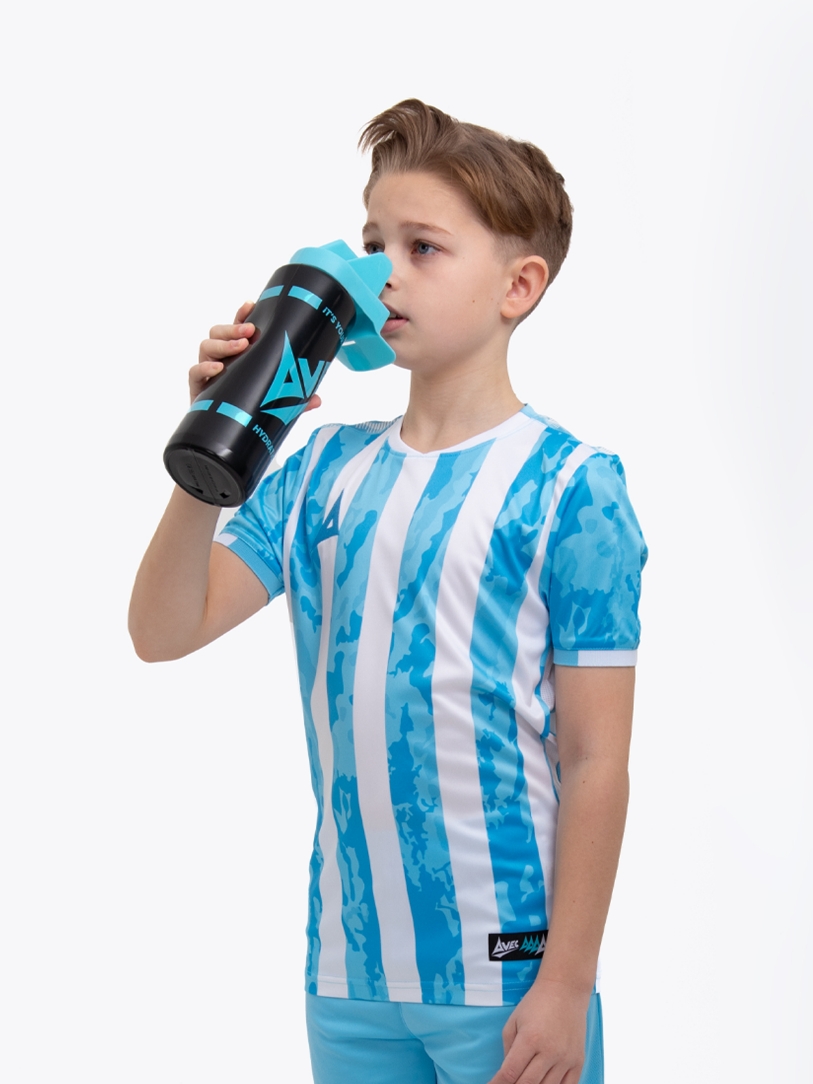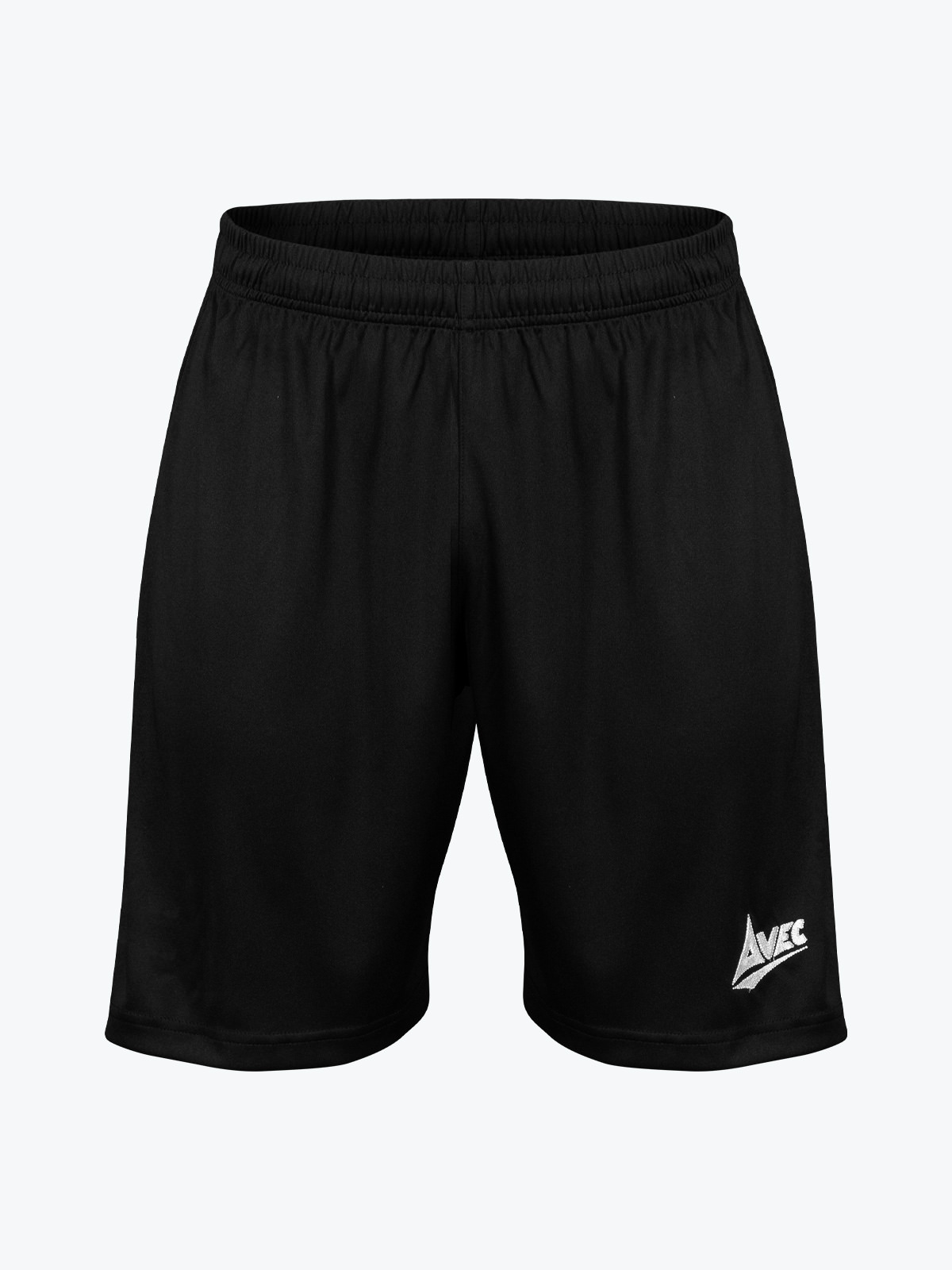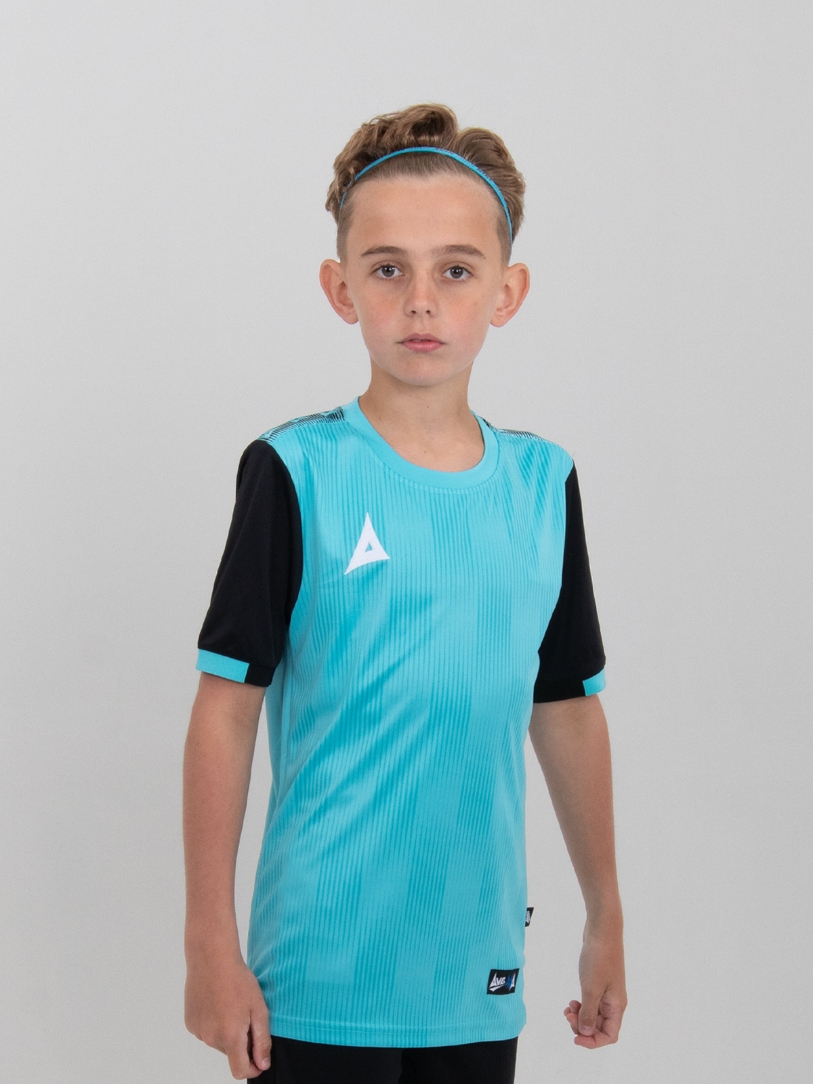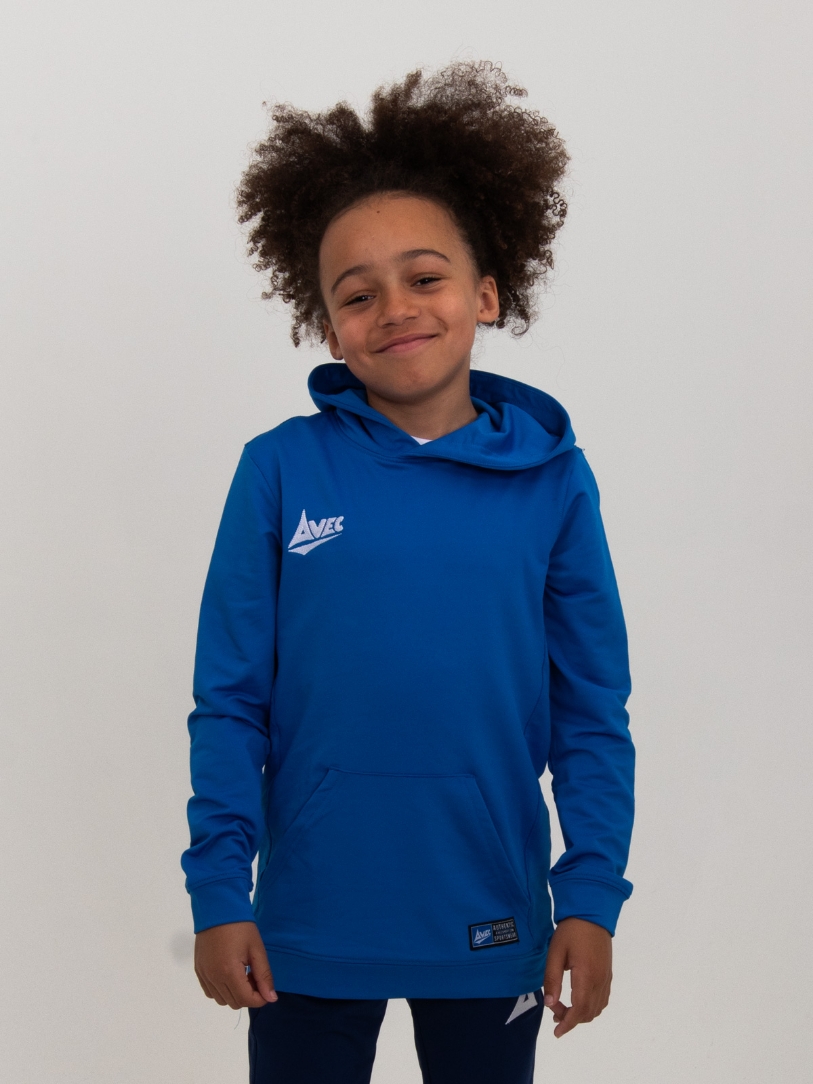
What is kids' rugby, and is it good for them?
Rugby is more than just a game - it’s a chance for kids to learn teamwork, build confidence, and have plenty of fun while staying active. With its mix of running, passing, and tackling, rugby helps young players develop fitness, coordination, and problem-solving skills on the field.
In this blog, we’re going to discuss everything you need to know about getting your little ones ready to jump into the sport. From how to get started, to the basic rules, equipment they’ll need and tips for playing safely - so they have everything they need to kick off their rugby journey.
What is kids' rugby and what are the benefits?
Kids’ rugby (also known as age-grade rugby) is a program designed to introduce children to the sport of rugby in a safe and age-appropriate manner. It focuses more on helping children develop essential skills such as teamwork and problem-solving, rather than strategy and playing solely to win, as you would in the regular game.
Kids' rugby comes with a wide range of benefits for children, which include:
- Encouraging physical fitness
- Teaching the value of teamwork and communication
- Encouraging social skills
- Building friendships
- Teaching good sportsmanship
- Growing skills such as coordination and strength
- Teaching problem-solving skills
- Can build confidence
- Encouraging resilience and bouncing back after setbacks
At what age can kids start rugby?
Children can start playing rugby as young as 4 or 5 years old, with non-contact forms like tag rugby being a popular introduction. Many clubs offer age-appropriate classes, focusing on different age groups to ensure they’re learning valuable skills as well as safety during games. As children get older, they will progress to non-contact games and then eventually contact games.
Where to find local junior rugby clubs?
You can search online for nearby rugby clubs using resources such as this club finder to help you discover the best suitable club for your little athletes.
Is kids' rugby safe?
Kids’ rugby is absolutely safe. As there are classes for specific age groups, coaches are able to tailor the games when needed by changing the rules to ensure all children are staying safe while learning skills.
Kids rugby rules
Kids’ rugby generally follows the standard rules of rugby, but with modifications for each age class to ensure safety. For example, according to the RFU guidelines, children under 14 should not take part in contested scrums, and children under 9 should not tackle. It’s also suggested that younger children should stick to tag or touch rugby - which minimises touching and focuses more on ball handling.
Tag rugby is also a non-contact sport, where each player wears a special belt that has two tags attached to it. So instead of being tackled, the player carrying the ball can be ‘tagged’ by having one of the tags removed from their belt by a member of the opposite team. This helps them develop the skills they need to take them to the next level without worry of injury.
How long is a kids' rugby match?
The length of a kids' rugby match varies depending on the age groups. This is designed to help accommodate physical development and growth for younger players. Typically, they will look something like:
Under 9 & 10 - 15 minutes per half
Under 11& 12 - 20 minutes per half
Under 13 & 14 - 25 minutes per half
Under 15 - 30 minutes per half
What do kids need to start playing rugby?
For very young rugby players who are playing tag or touch rugby, they won’t need any special equipment and the belts with the tags on them should be provided by the club itself. However, as your children get older and begin merging into your standard rugby games, there are a few pieces of gear they’ll need:
- A water bottle - an essential for any sport, having a good water bottle is a must for helping your kids stay hydrated. We recommend grabbing something suitable for their sporty lifestyle, such as this hygiene water bottle. It’s made with lightweight plastic for a squeezy design that suits quick water breaks, and the no-touch spout minimises the risk of cross-contamination.

HYGIENE WATER BOTTLE 1L - BLACK
- A mouth guard - this will only be needed when your child begins playing contact rugby and is introduced to tackling. A mouth guard is an essential piece of kit that will protect your child's teeth; however, it can be worn even during the likes of tag rugby for extra protection and peace of mind
- Rugby Boots - Rugby boots are specialised footwear that are designed to provide stabilisation on the rugby pitch with a wider fit and robust studs - all crucial elements for withstanding the demands of the sport.
- Comfortable and supportive kit - while some classes and clubs may have their kit, many will encourage young players to play in what feels comfortable for them. For summer, they’ll want to dress in lighter clothes such as shirts and shorts to help keep them cool. For example, these Focus classic shorts paired with this Pro Player jersey are a great summer sports outfit. With premium sweat-wicking materials, they’ll help keep your little athletes cool and comfortable.


PRO PLAYER JERSEY - HYPER BLUE
However, in winter, they’ll likely want something a bit warmer without the worry of overheating. We recommend kit such as track pants and a hoodie. For example, these Focus 2 track pants paired with a Focus OTH hoodie will not only keep them warm but also come with sweat-wicking materials to keep them dry. Complete with added ventilation so they don’t overheat when running around - these pieces are perfect for playing sports in winter.


What rugby skills can children practise at home?
Whether you want to ease them into rugby or you want to help them hone their skills outside of the pitch, there are plenty of drills and games you can play with them to help them practise at home.
Passing and catching - A natural skill that comes with rugby. All you need is a ball, and you can pass it back and forward with it to help them practise accurate throwing as well as catching.
Running and dodging - Another basic rugby skill they’ll need to learn in order to take it to the next level. Running and dodging focus not only on stamina but agility. Encourage your child to run with proper form, keeping their head up and their arms pumping. You could set cones for them to weave in and out of to work on dodging or set up games of tag.
Tackling fundamentals (U9 age groups and up only) - This is all about teaching the importance of safety. This should include teaching your child the proper form to tackle and how to do it in a safe and controlled manner. They should be keeping their head up, using their shoulders, and wrapping their arms around the opponent. Teaching them this at home in a controlled manner is great for ensuring safe play.
Pass and chase - This is where you pass the ball and then sprint to catch up to it. This works on a variety of skills, from coordination to stamina and speed.
Get your kids ready for the pitch with Avec Sport
Rugby offers kids so much more than just a way to burn energy - it teaches teamwork, resilience, respect, and the joy of shared achievement. By learning the game’s skills and values, young players gain confidence both on and off the field, building friendships and life lessons that last well beyond the final whistle. With the right guidance and a focus on fun and safety, rugby can be a sport that helps children grow stronger, healthier, and happier.
If you’re ready to get your little athletes onto the rugby pitch, then make sure they’ve got the right gear to support them and their growing skills and browse our full junior sportswear collection for premium quality kit.

